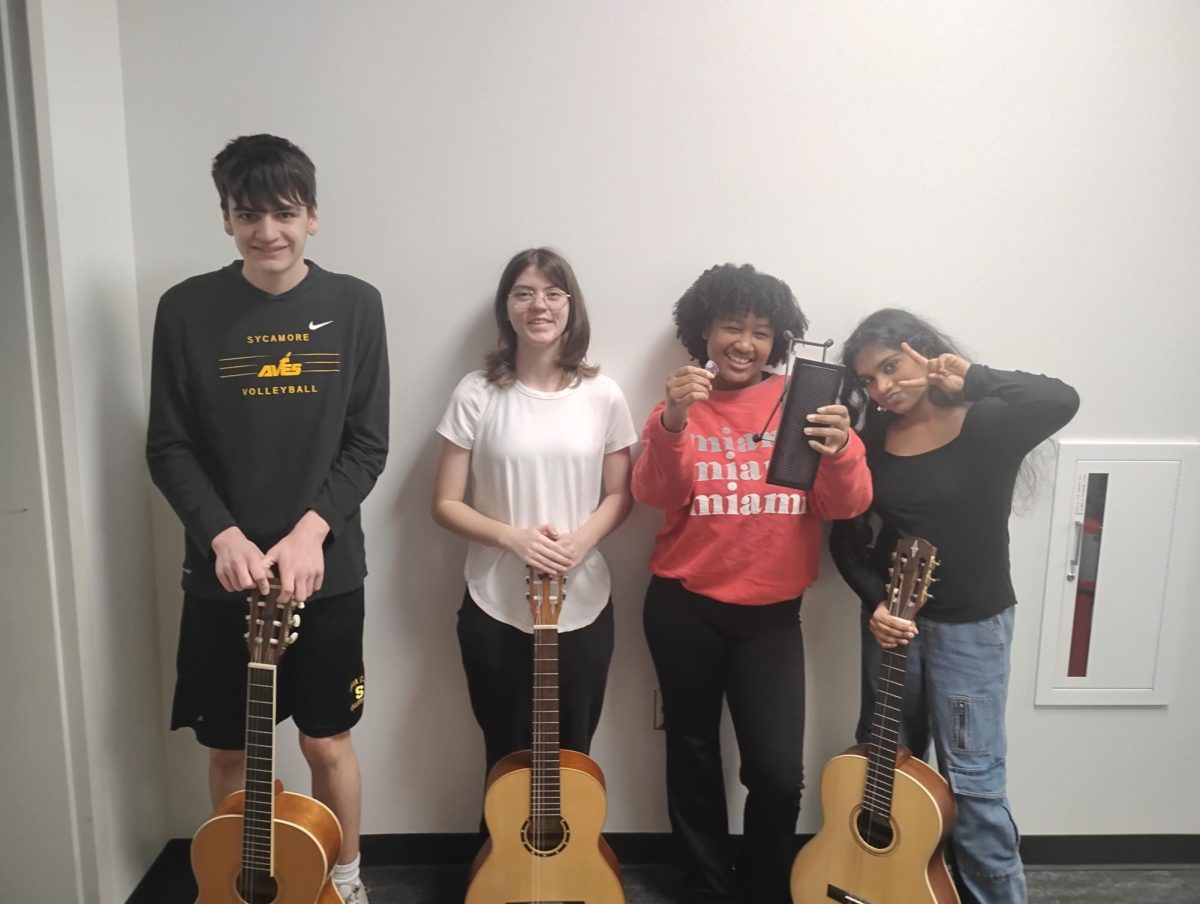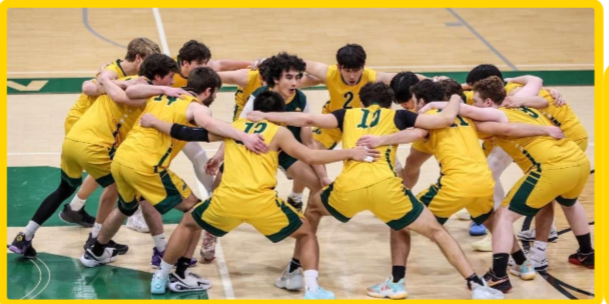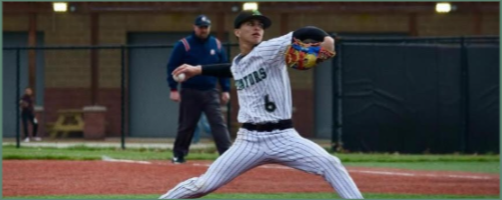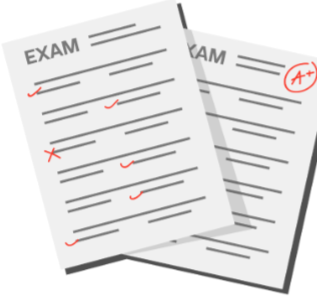The fairytale Cinderella is a classic. The Disney version has been watched by millions of people around the globe and tells the story of a mistreated girl who goes to a ball and ends up marrying a prince. However, is that really all there is to Cinderella? Over the past century, authors and directors across the globe have begun to dig into the hidden stereotypes in Cinderella and adjust the story to make it more inclusive to all. Here are some examples of this evolution of the classic fairy tale:
The Original Cinderella (1697)
The very first Cinderella story ever written was Charles Perrault’s Cendrillon ou La petite pantoufle de verre, translated best as The Little Glass Slipper. It depicts a girl whose mother and father died, leaving her with a stepmother and two step sisters who treat her horribly. She meets a magical fairy godmother who allows her to go to a royal ball, where she falls in love with the prince. She knows that she has to leave at midnight, and does so on the first night. However, on the second night, she forgets and only just remembers as the clock strikes 12, forcing her to run and unintentionally leave behind a glass slipper. The prince finds her glass slipper and uses it to eventually find her, and they get married. Obviously, this story sets the plotline for more interpretations to come.
Disney’s “Cinderella” (1952)
Arguably the most famous version of Cinderella, this movie is very similar to the original fairy tale. It depicts a girl whose mother and father died, an abusive stepmother and two step sisters, a magical fairy godmother, a ball, falling in love with a prince. However, one detail it changes is how long the ball is. Unlike the original, Disney’s “Cinderella” shortens the ball to one day. However, this minor detail does not really affect the plot of the story. Nevertheless, this movie is the beginning of the evolution of Cinderella.
Musical Cinderella (1997)
Perrault’s original version of Cinderella is depicted in the beauty standards of the past rather than embracing present-day diversity. With her blond hair, blue eyes, and light complexion, many other groups of people could not see themselves in such a role.
The musical Cinderella (1957) finds a way to embrace these little-portrayed groups. With a black Cinderella and a Filipino prince, as well as a black fairy godmother and queen, this musical was able to at least partially represent minority groups in Cinderella.
Cinder by Marissa Meyer (2012)
The book Cinder by Marissa Meyer also aims to be more inclusive and welcoming, embracing disabilities and promoting the self-empowerment of women. In this version, instead of Cinderella being an ordinary person, she is a cyborg, a person who has had to have mechanical parts replace some of her body parts. This helps include those with disabilities and prosthetics in the world of Cinderella.
Additionally, in previous versions, Cinderella does not play a major role in what goes on in her life. However, in Meyer’s book, Cinder, as she is called, is not a helpless “damsel in distress.” She takes charge of her own destiny by owning a mechanics shop and meets the prince all on her own without a fairy godmother or any extra help.
Through it all, Cinder also struggles with insecurities like everyone else, making her more relatable to the readers than other versions of the classic fairy tale.
“Cinderella” (2015)
The movie “Cinderella” (2015) seeks to change the fact that Cinderella and the prince fall in love at first sight and marry each other after knowing each other for only one day. Here, Cinderella meets the prince before the ball, giving them time to get to know one another before falling in love.
Additionally, they both recognize the downsides of marrying after meeting each other so quickly. The fact that they become friends first, rather than skipping straight to lovers, helps to make this story more realistic.
Cinderella (2021)
This newer CInderella musical, like the older 1997 version, also helps to portray different ethnic groups but it especially helps portray those of the LGBTQ+ community. Having LGBTQ+ characters in movies used to be unheard of; this musical changed that.
For example, the musical has a Latinx main character and a genderless fairy godparent. For Billy Porter, the actor who plays the fairy godparent, the new musical is “a classic fairytale for a new generation.” Through this musical, the idea that one has to be part of these past stereotypes and beauty standards is broken. This musical helps to bring the diversity of life into the pages of one of the most recognized fairy tales of all time.
Although the original Cinderella is widely considered a classic, people across the globe continue to find ways to improve it, to make it more inclusive and realistic to a wide variety of readers and viewers, to challenge the stereotypical ideas presented, and to help empower all. Changing Cinderella has allowed other classic fairy tales to change and has allowed society to shift their perspective. The movies “Maleficent” and “Cruella De Vil,” focusing on the so-called “villains” of classic fairytales, are just a few examples of the impact Cinderella has had. However, from a broader perspective, Cinderella has shown that society as a whole can become more progressive and inclusive of everyone. The evolution of Cinderella allows everyone, no matter what they look like or where they come from, to have hope that they can find their own happily ever after.











